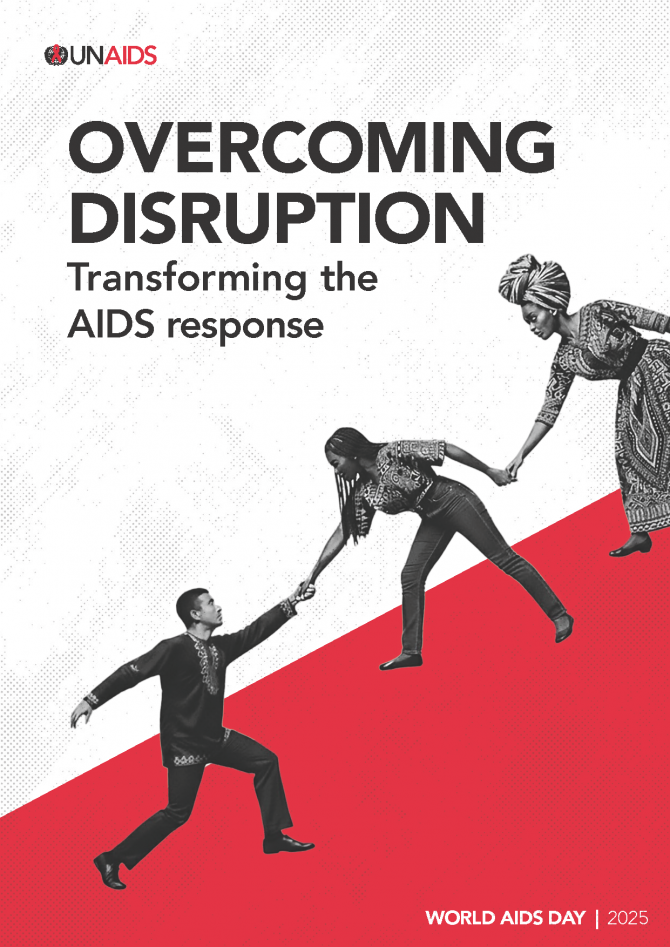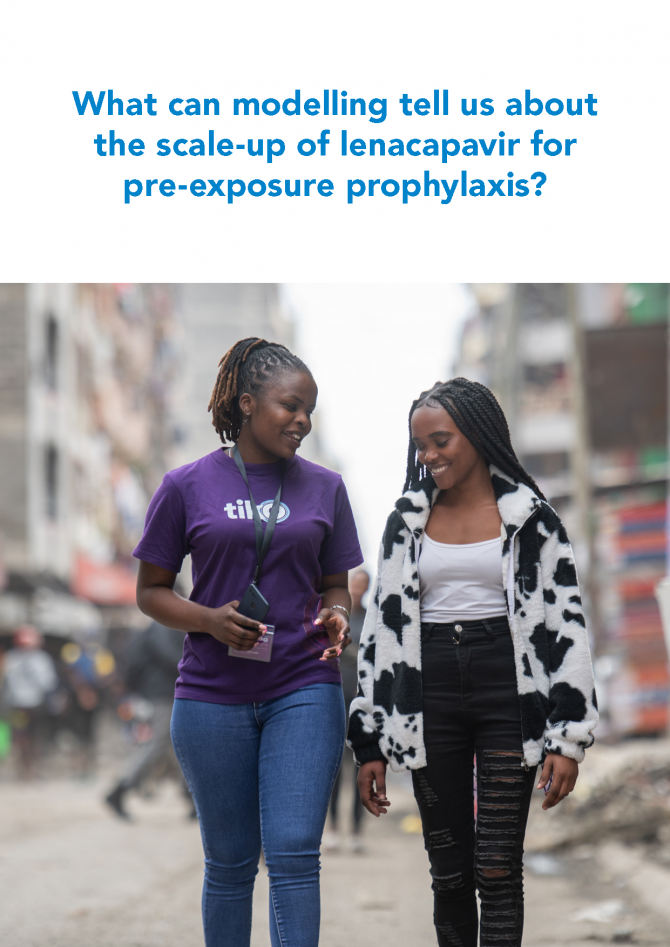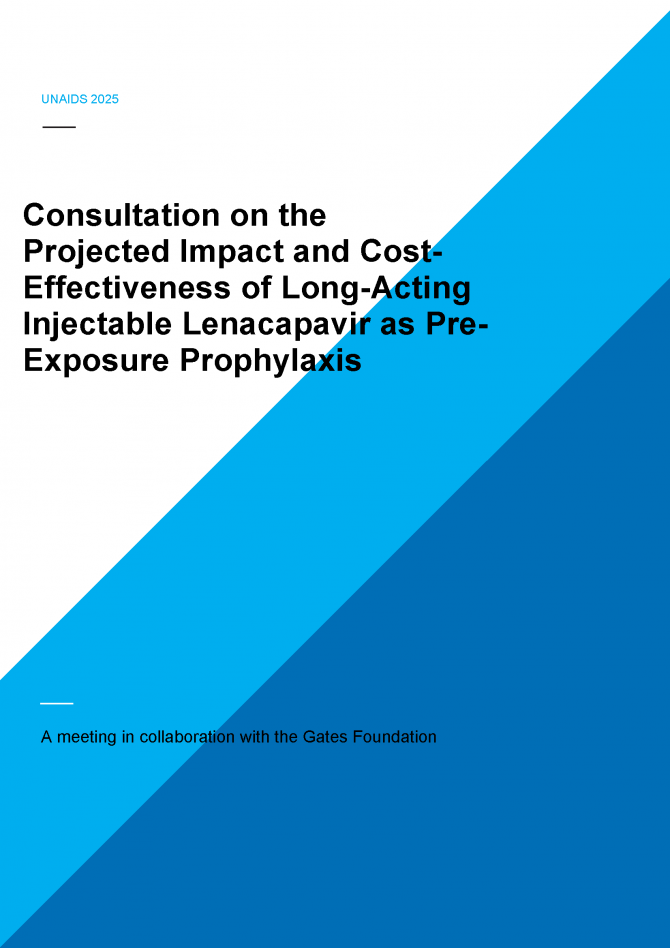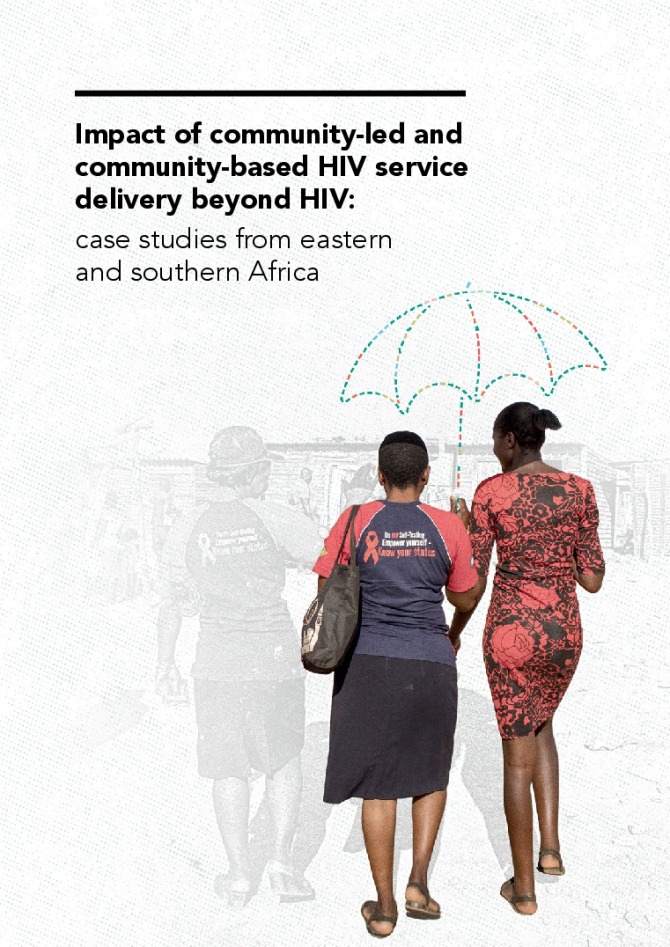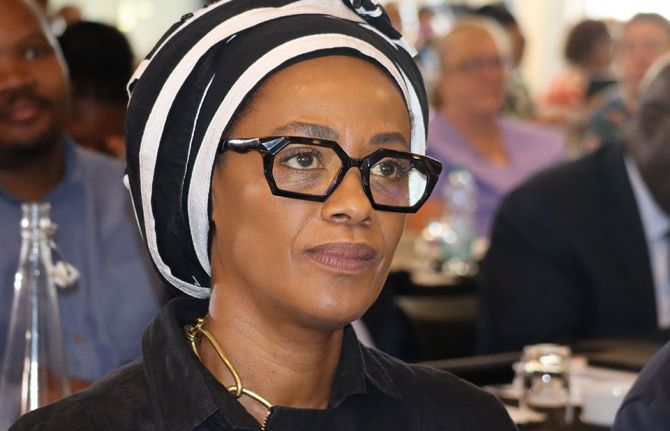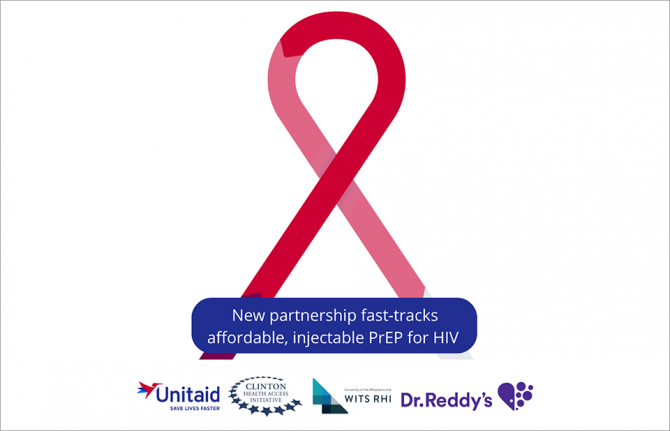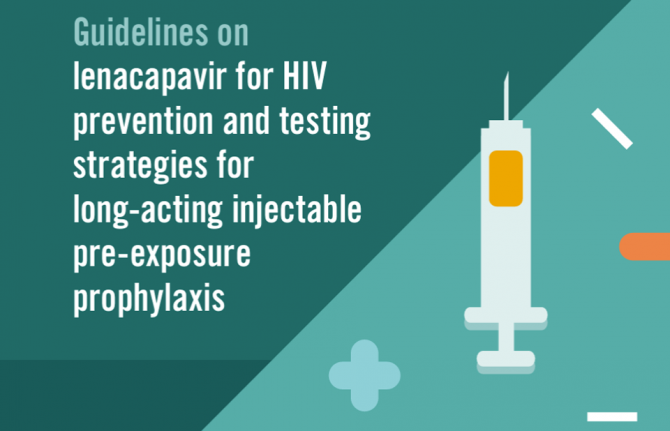Error message
Could not retrieve the oEmbed resource.




No single prevention method or approach can stop the HIV epidemic on its own. Several methods and interventions have proved highly effective in reducing the risk of, and protecting against, HIV infection, including male and female condoms, the use of antiretroviral medicines as pre-exposure prophylaxis (PrEP), voluntary male medical circumcision (VMMC), behaviour change interventions to reduce the number of sexual partners, the use of clean needles and syringes, opiate substitution therapy (e.g. methadone) and the treatment of people living with HIV to reduce viral load and prevent onward transmission.
Despite the availability of this widening array of effective HIV prevention tools and methods and a massive scale-up of HIV treatment in recent years, new infections among adults globally have not decreased sufficiently. The 2016 United Nations Political Declaration on Ending AIDS target is to reduce new HIV infections to fewer than 500 000 by 2020, from more than 1.8 million in 2016.
Three interconnected reasons seem to underpin the failure to implement effective programmes at scale: lack of political commitment and, as a result, inadequate investments; reluctance to address sensitive issues related to young people’s sexual and reproductive needs and rights, and to key populations and harm reduction; and a lack of systematic prevention implementation, even where policy environments permit it.
UNAIDS seeks to boost global and national HIV prevention leadership and accountability and Fast-Track the implementation of effective HIV prevention programmes at the country level by providing guidance on effective approaches to achieve the prevention targets of the 2016 Political Declaration, which include ensuring access to combination prevention options, including condoms, PrEP, harm reduction and VMMC to at least 90% of people at risk by 2020, especially young women and girls in high-prevalence countries and key populations, reaching 3 million people at high risk with PrEP, reaching 25 million men with VMMC and making 20 billion condoms available in low- and middle-income countries.
The UNAIDS Executive Director has called for the establishment of a new global prevention coalition and a 2020 road map. The objectives of the coalition are: to create a platform of HIV prevention policy-makers, programme managers and civil society to strengthen political commitment; define critical steps and milestones to ensure effective prevention programme scale-up in a global prevention road map; and strengthen the accountability of all stakeholders as well as technical support for HIV prevention programmes, towards achieving the 2016 Political Declaration prevention targets and commitments.

